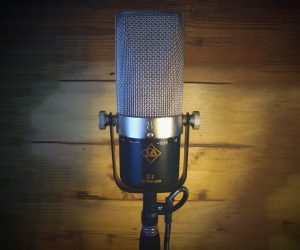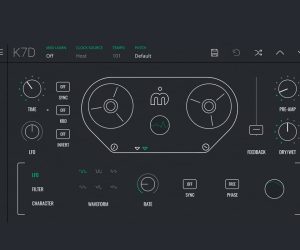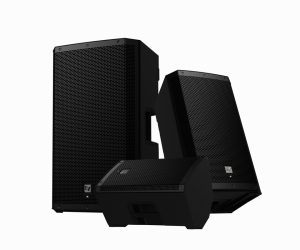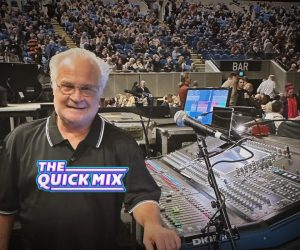
PROJECT REGAIN: TURNING BACK HEARING LOSS?

Once you lose it, you’ve lost it.
Not just brain cells, that applies to hearing too. And it’s the reason most of us audio peeps (especially mastering engineers) are a bit precious about our hearing — and rightly so. Many a veteran FOH engineer will advise up-and-comers to do what they didn’t and take care of their ears, because no gig is worth permanent damage. Not to mention it’s quite an inconvenience when your day job relies on it. Ask Katz or Owsinski.
It’s pretty amazing how we’re designed. Auditory perception (or hearing) happens inside the cochlea; a shell-shaped, fluid-filled structure inside the skull that’s lined with small cells sprouting hair-like stuff called cilia. These hairs are arranged in frequency order around the cochlear spiral. Sound waves through the ear canal cause sympathetic movement of the cilia, in turn stimulating electrical responses inside the cochlea which are sent to the brain and decoded into processable sound.
We know our ability to perceive extreme high frequencies up toward 20kHz declines naturally with age, and that’s because the ‘HF’ hairs eventually fold down and stay down. Hearing damage happens when loud SPLs or sharp transients bend or actually cut some of these hairs.
Interestingly, mammals are among the few in the land of the living who suffer permanency in hearing loss. Birds, for example, can re-grow the sensory hair cells if they get damaged, to the point of completely restored hearing. Same with fish and frogs.
But that might be changing.
In 2013, Dr. Albert Edge demonstrated a ‘notch inhibitor’ class molecule that gives rise to new hair cells in a culture. Different hair cell types respond to different frequencies. Testing was carried out on mice to discover that the rodents better detected corresponding frequencies of regenerated hair cells grown in their cochlea.
To establish proof of concept, Dutch company Audion Therapeutics has gotten cracking on acquiring the same outcome with human ear hair cells. The whole operation is called Project REGAIN, with funding from the EU’s Horizon 2020 fund. The first round of small human, clinical trials is in the works.
Things are looking positive, but a final word is still in the distance, as is an estimate for when these findings might actually be of use to the human race. It could be years, or decades. So don’t pin your hopes on it and mix your next gig at 135dB.
“It is a competitive field, but everybody has their own approach,” says Rolf Jan Ruttan, Audion’s CEO. “Obviously there will be one of us that will be successful first, but it may be that our different approaches are complementary.”
First reported by The Atlantic.
















RESPONSES